Assignment: Reading Response 4B
This Week’s Topics
The Bauhaus
At the end of this session, students should have an understanding of the following:
-
- Overview of the Bauhaus and its influence on the field of design.
- Guidelines and due date for the first Research Paper
Activities
1. The Bauhaus: Form and Function (30 min)
In our fourth reading, we looked at writings from designers affiliated with the Bauhaus. The Bauhaus assimilated many of the ideas we’ve discussed, such as the utopian idea that design will make the world a better place; that it will transform society for a better way of life for all citizens; and that artists and craftspeople will work together through the use of technology and industrialization.
Some of the main tenents of the Bauhaus are still followed today in the field and in design schools across the globe.
1. A designer should strive for the highest quality and craftmanship modeled by order, geometry, and clear, refined typography.
2. Less is more. Excess ornament or information is unnecessary to communicate a message or to function.
3. Form follows function. Design should be functional. It should be organized and follow a clear hierarchy for clear communication.
4. The use of technology and mass production of good design supports equality. If something is designed with simple forms can be accessible to everyone.
Walter Gropius, László Moholy-Nagy, and Herbert Bayer all contributed to the Bauhaus legacy. Below find some additional background to reinforce these ideas and some follow up questions to connect these principles our
The Bauhaus Principles and Influence
Rewatch Graphic Design History sections Bauhaus 1 & Bauhaus 2 on LinkedIn Learning or in the YouTube video below to refresh your knowledge of the Bauhaus. NOTE: In the following video, watch from 36:42 to 44:02
László Moholy-Nagy and Typophoto
“Designing is not a profession but an attitude. Design has many connotations. It is the organization of materials and processes in the most productive way, in a harmonious balance of all elements necessary for a certain function. It is the integration of technological, social, and economical requirements, biological necessities, and the psychological effects of materials, shape, color, volume and space. Thinking in relationships.”
Moholy-Nagy’s work spanned all types of media, especially light as a medium. Of special interest to our discussion today is Moholy-Nagy’s interest in photography and typography and his vision of Typophoto, which he describes as “visually most exact rendering of communication.” The following video about his work was created in 1990. At the end is an animation in honor of Moholy-Nagy imagining what he might have created if he had been alive during the digital age. Can you imagine what he might create if he had access to today’s technology?
Herbert Bayer and Universal Communication
“Bayer’s universal alphabet became a symbol of ‘Bauhaus typography,’ even though it was not strictly speaking a typeface… Fixed in memory through a few endlessly repeated reproductions, the universal alphabet was a philosophical idea that reverberated throughout the promotional activities of the Bauhaus and beyond … they gave form to prevalent avant-garde thinking about function, modularity, industrial standards, and machine production.” – Design Is Storytelling, Ellen Lupton.
2. Discussion: Bauhaus & Universality
After reading the writings from Walter Gropius: The Theory and Organization of the Bauhaus (1923), László Moholy-Nagy; Typophoto (1925), and Herbert Bayer; On Typography in Graphic Design Theory: Readings From the Field and reviewing the videos from the Week 5 Agenda, consider the following.
The avant-garde designers were looking for universal methods of communication, often searching for ideal ways to reach the masses using new technologies and modalities.
-
-
- Photography and film were the new techologies in the age of the Bauhaus. Combined with typography László Moholy-Nagy stated that Typophoto was the “visually most exact rendering of communication.”
- Herbert Bayer is often credited with modernizing typography in the Bauhaus with his creation of the Universal alphabet. He also speaks of “text-picture integration” and the use of “square span,” short grouping of words for universal communication.
-
Today we have multiple modes and methods of instant, mass communication. Consider the rise of “deep fakes“, the short, concise messages we send via Twitter, or the lack of subtlety and tone in email, text, or emojis. Is the ability to communicate truthfully, accurately, and effectively helped and/or hindered by technology today?
3. Research Paper
The first 750-1000 word paper will be due Monday, March 15, at 9 pm. Last week you should have started thinking about your Research Paper by selecting a design or design object created after 1971 in which the influence of the theories we’ve studied so far can be observed. In your Research Journal, you may have started to examine the ways in which the creator was responding, directly or indirectly, to theories we’ve covered so far. This week you will spend most of your time for this class researching and fully developing this paper. Guidelines for this paper can be found under Assignment: Research Paper 1
Resources
-
- Assignment: Research Paper 1
- Grammarly
- Research Paper Example Post

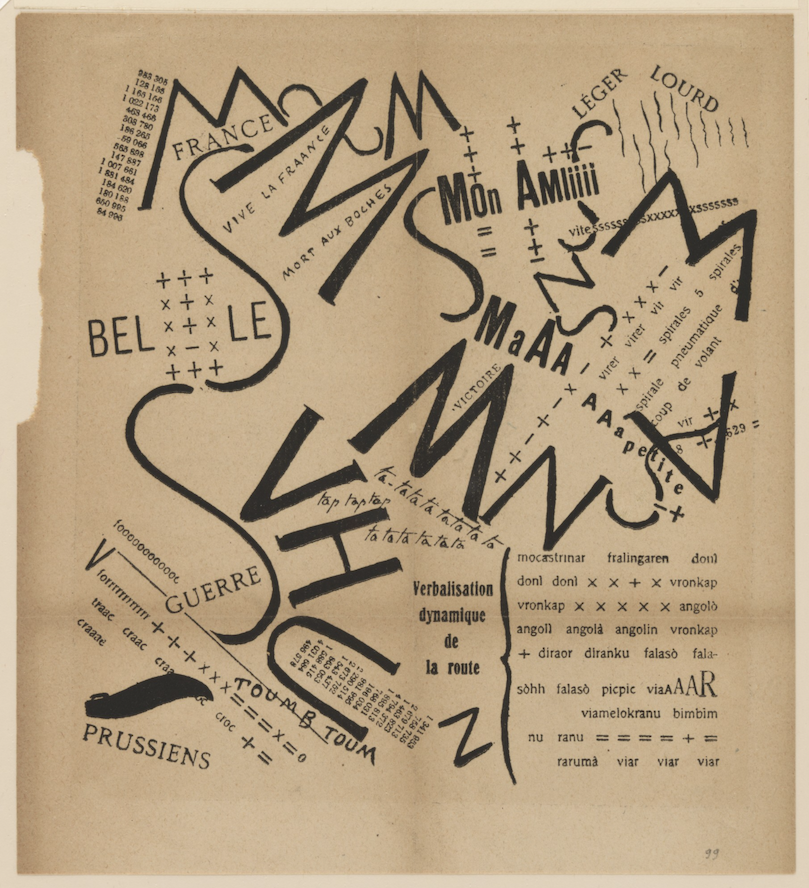
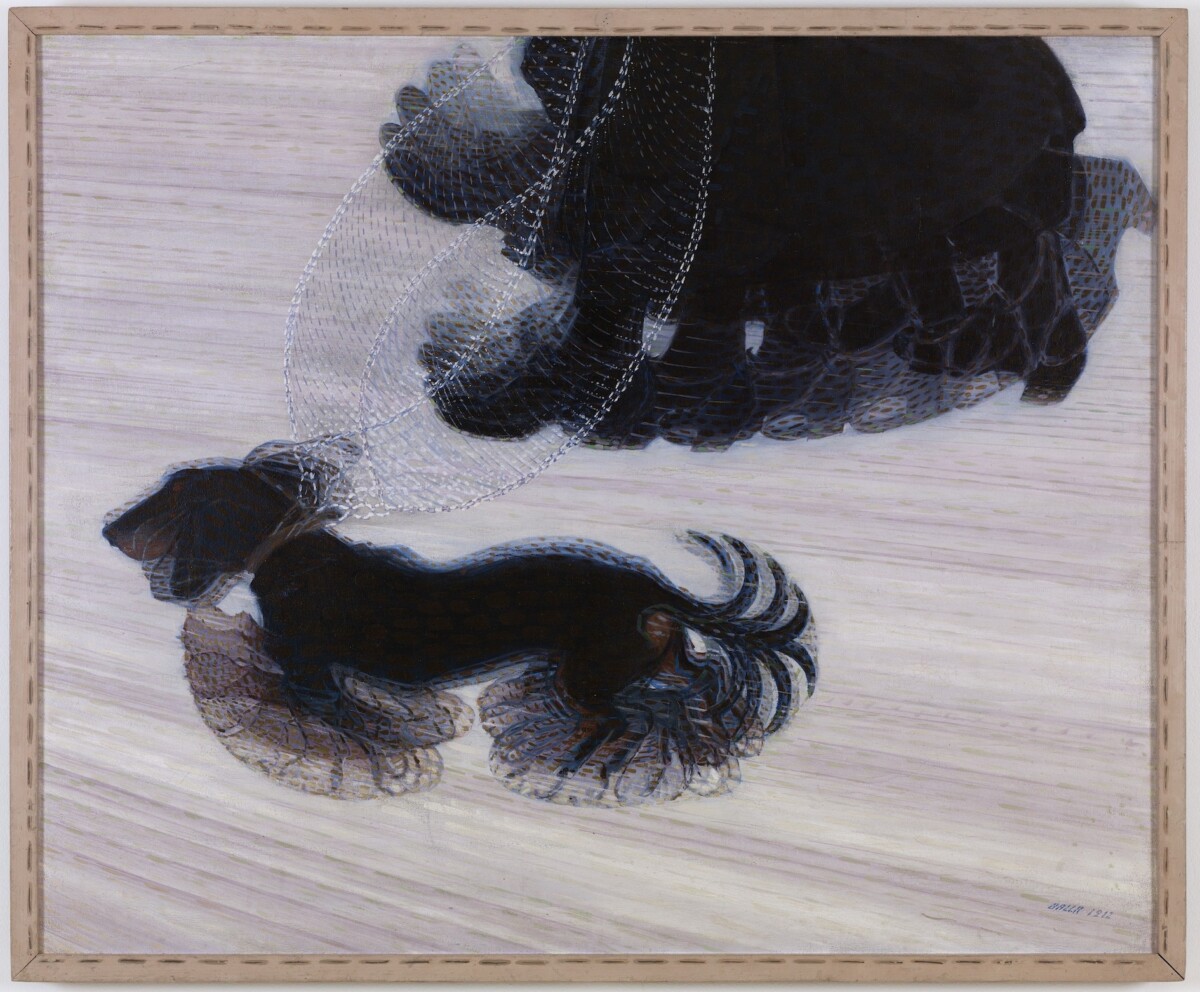

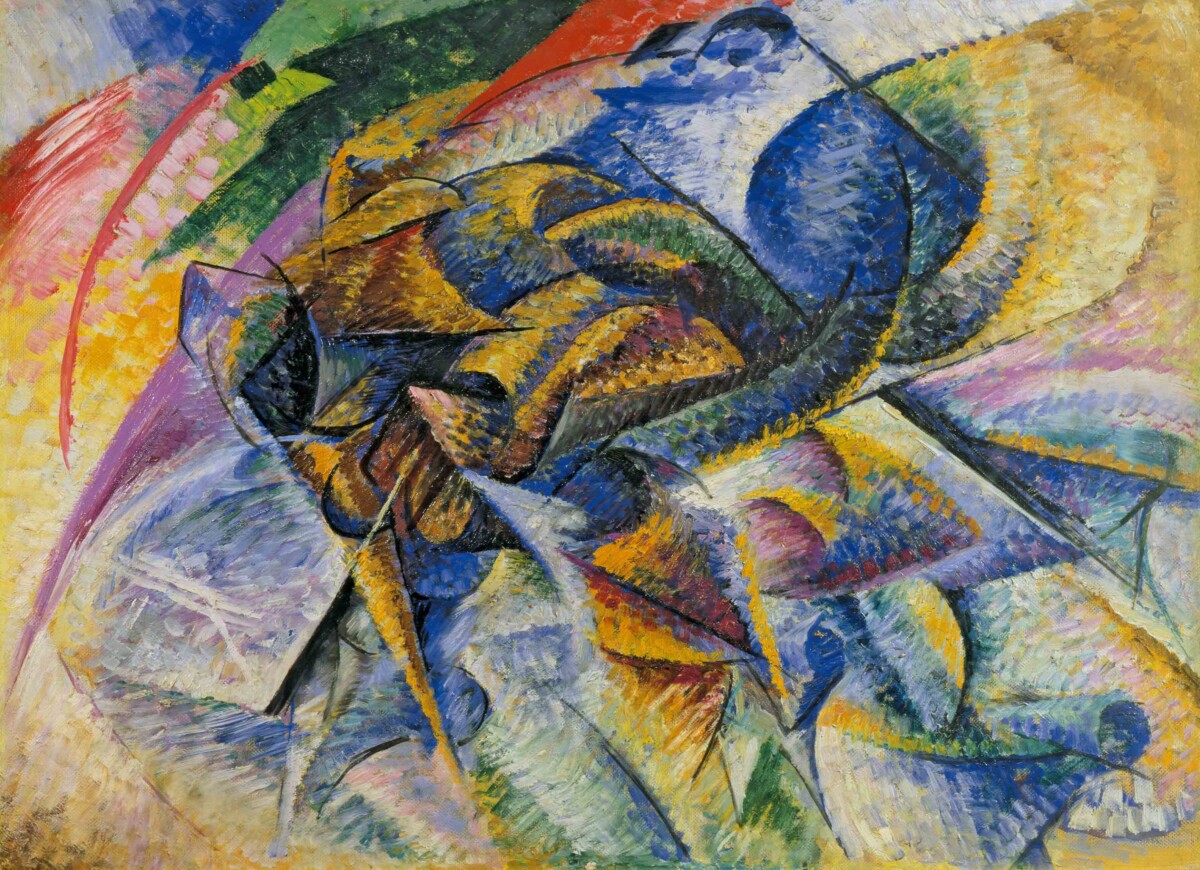
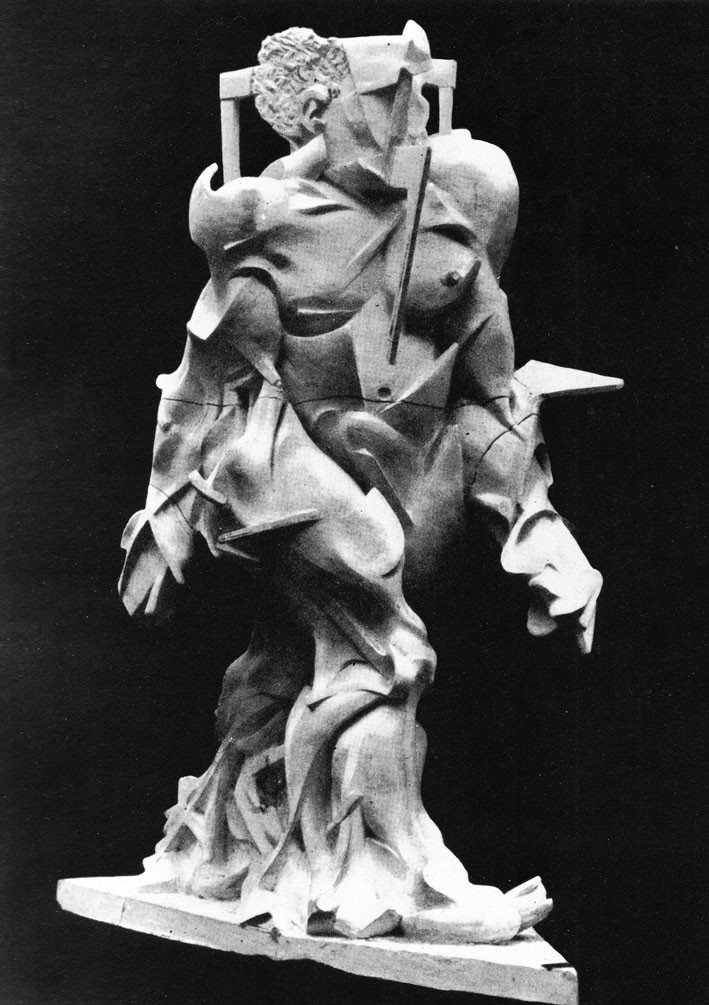
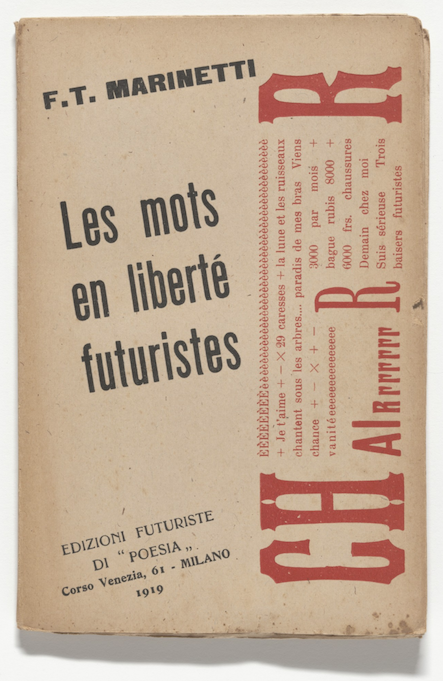
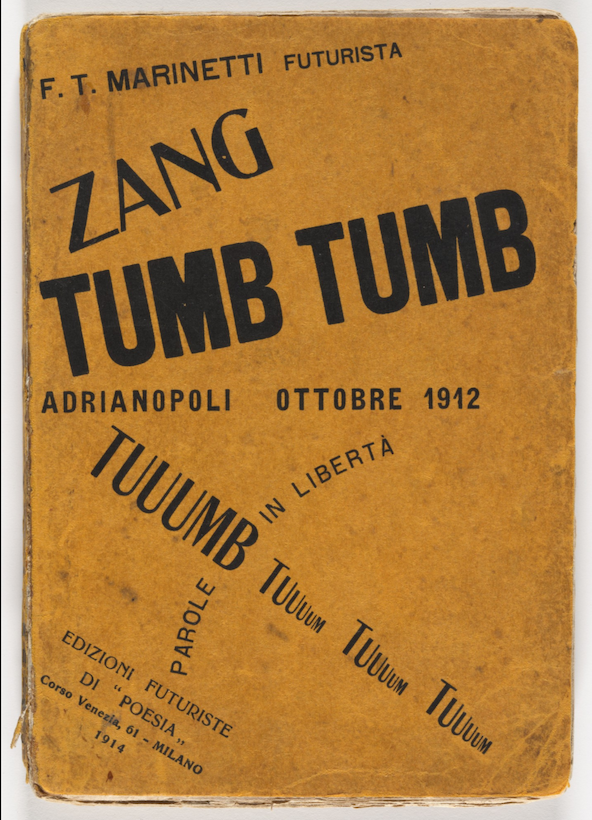
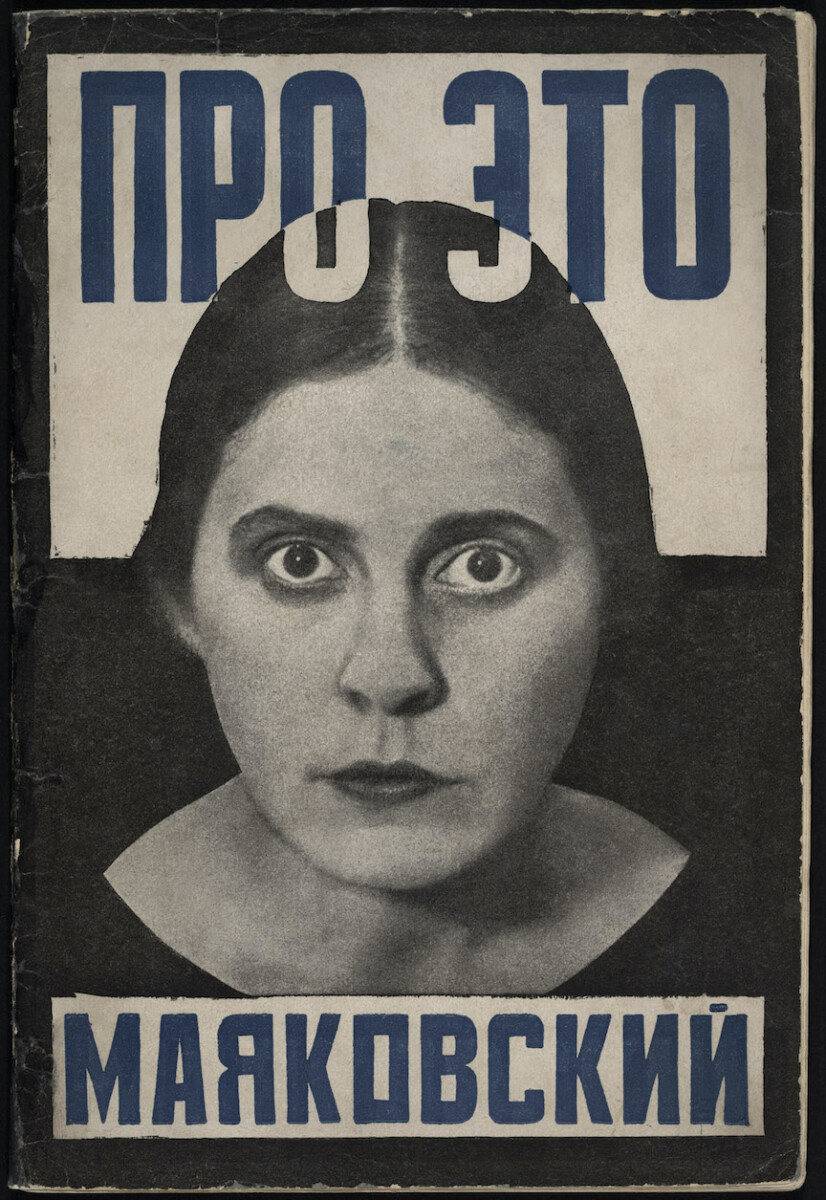
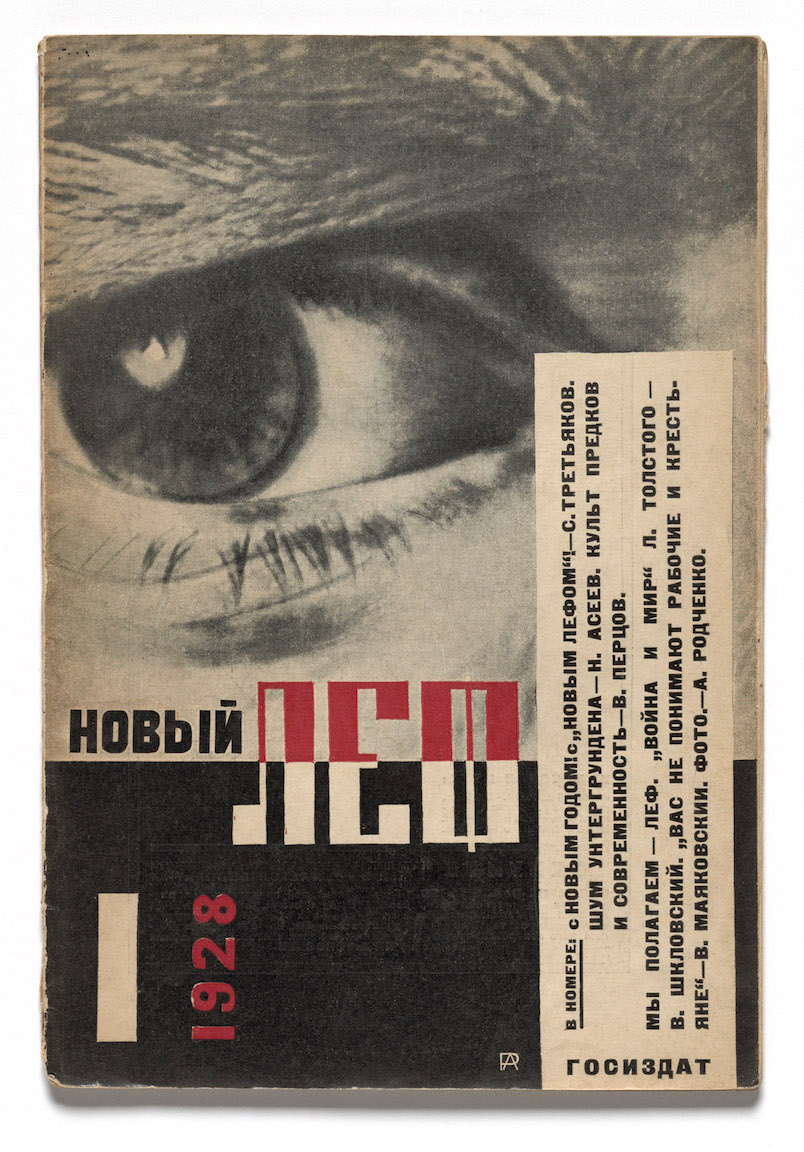
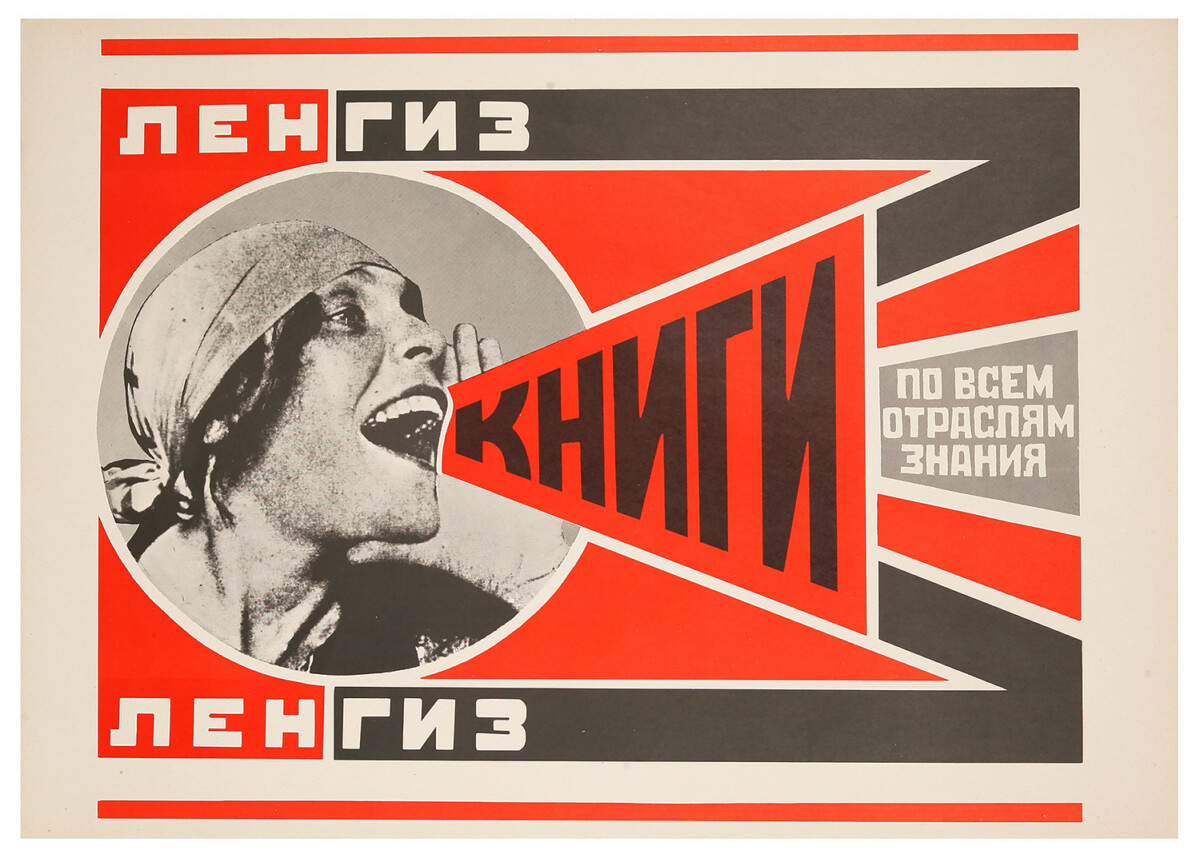

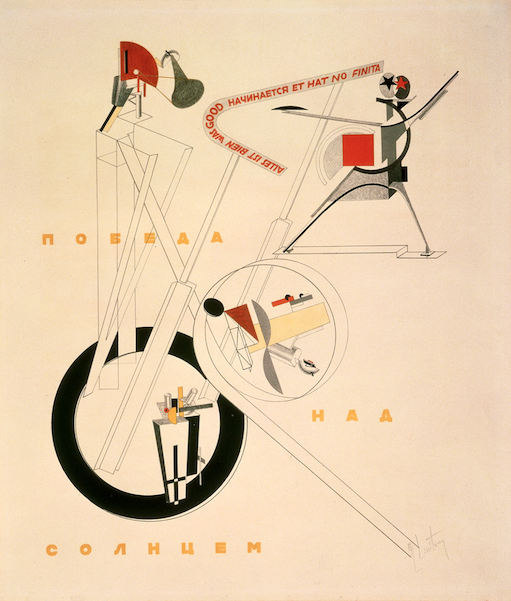

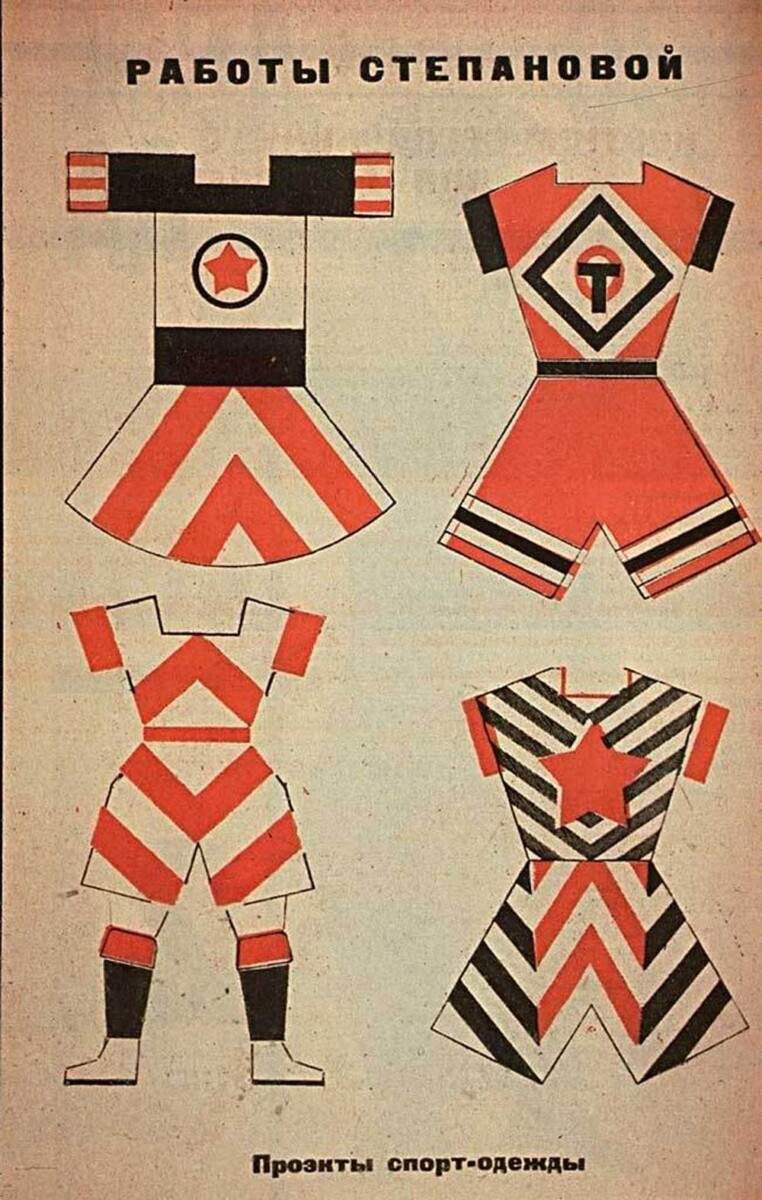
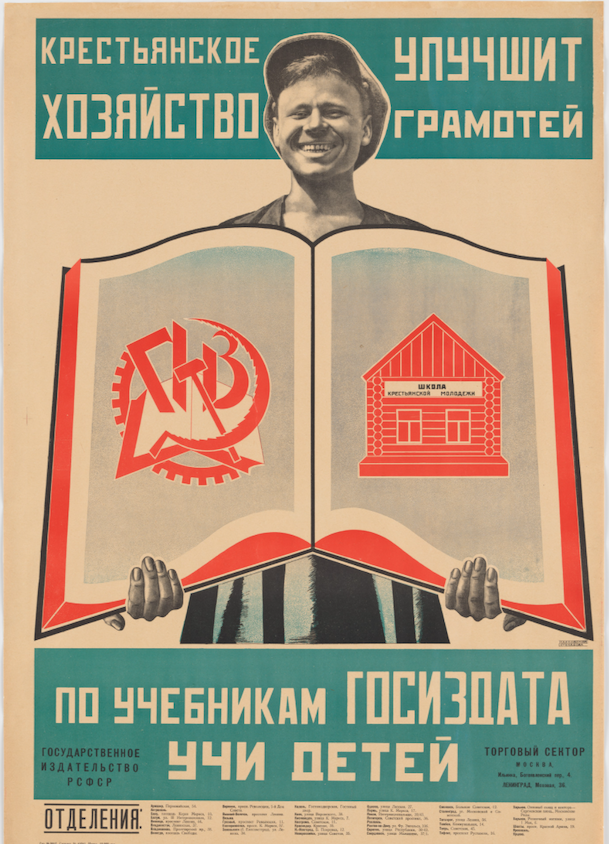


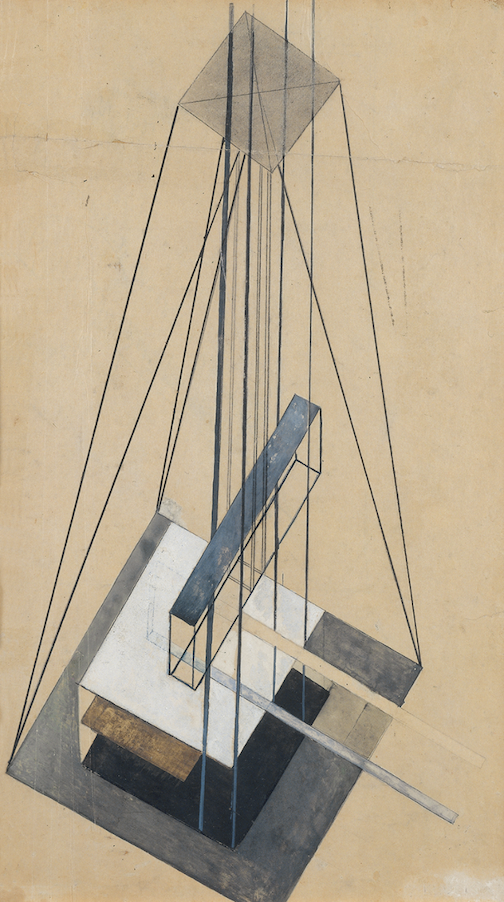
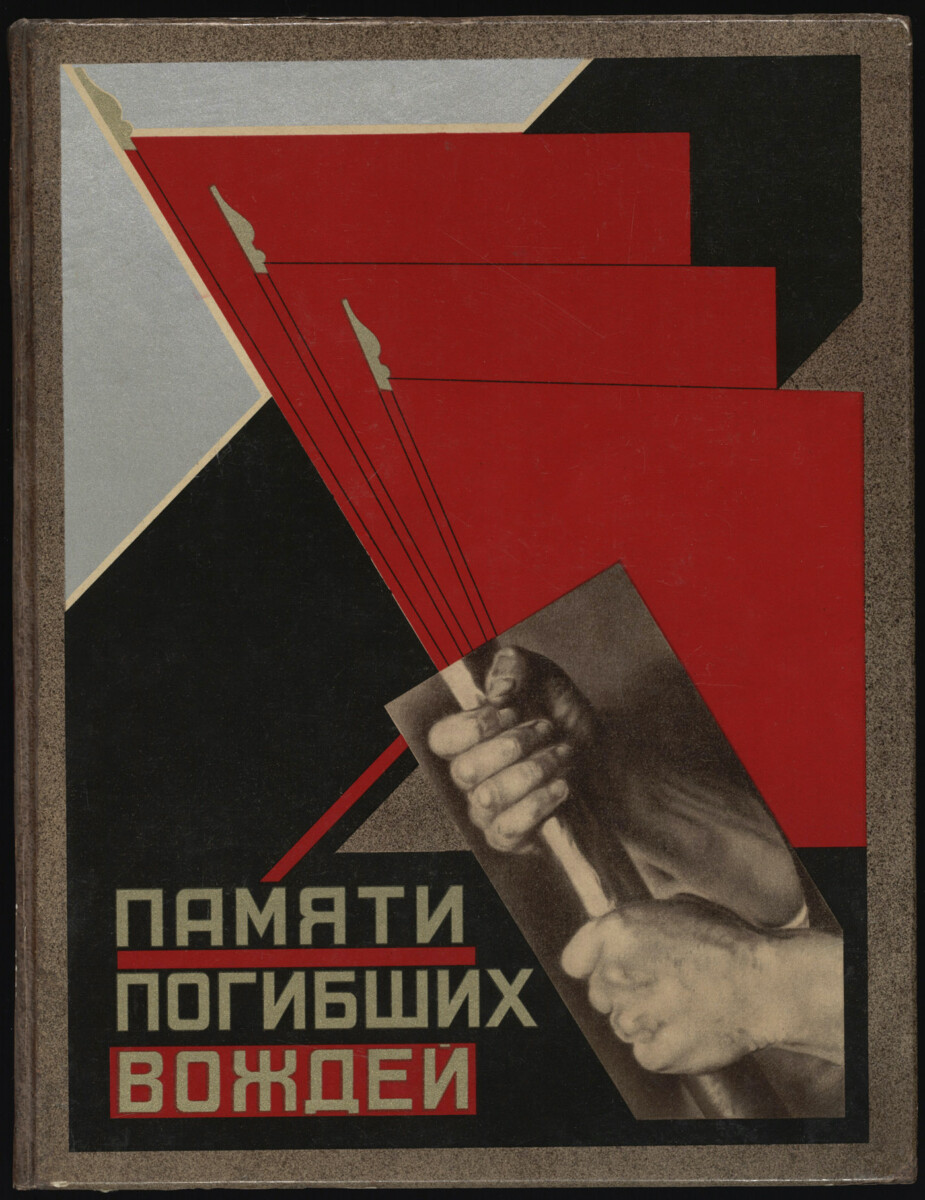
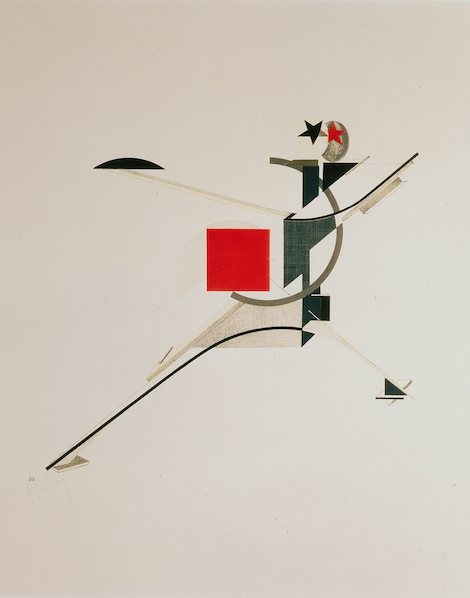



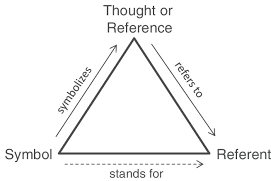
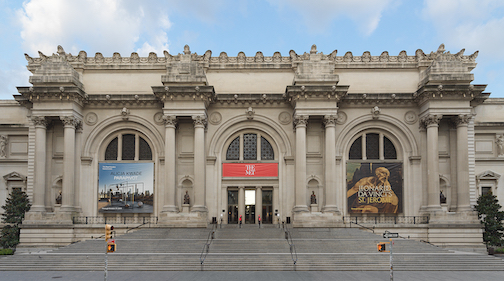

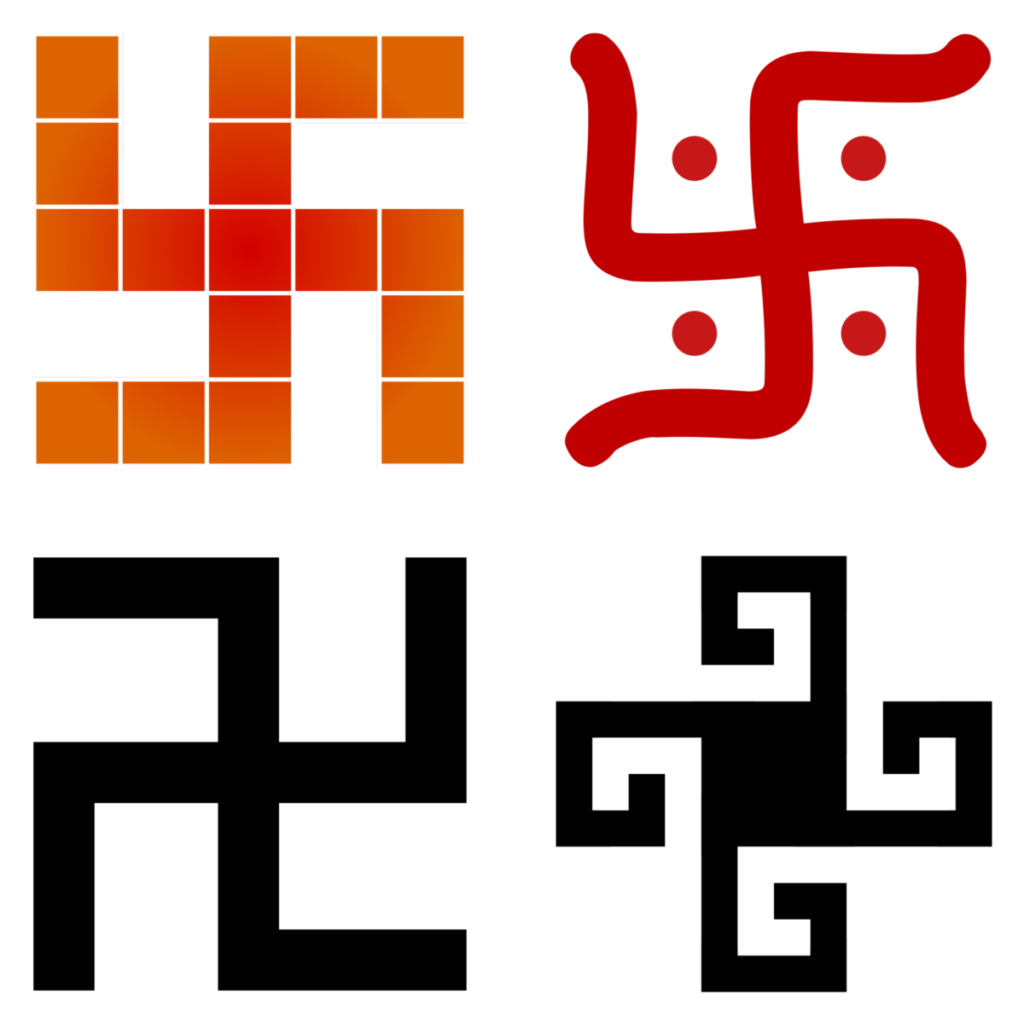
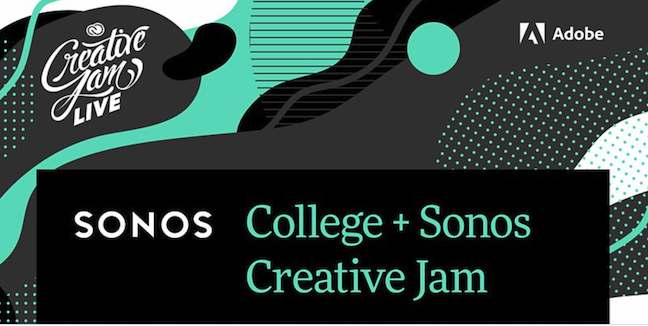
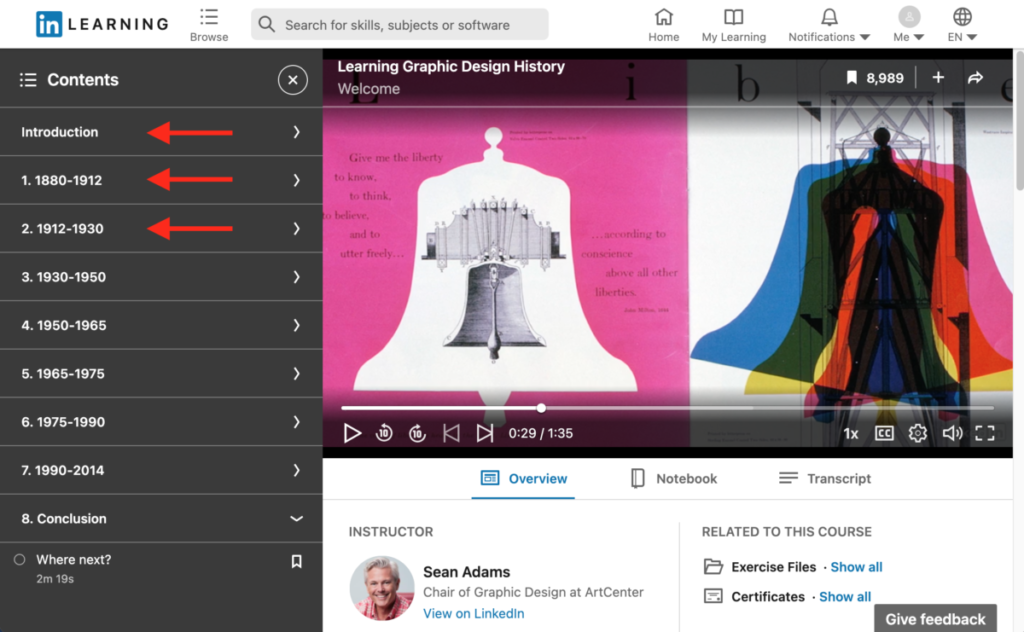



Recent Comments